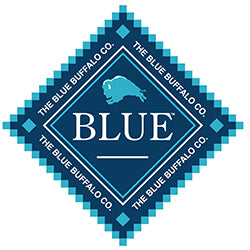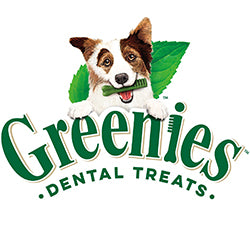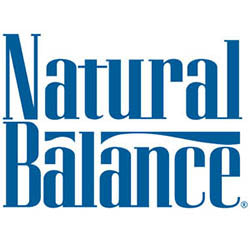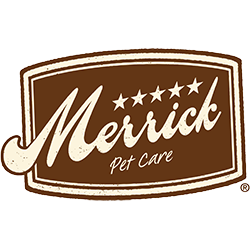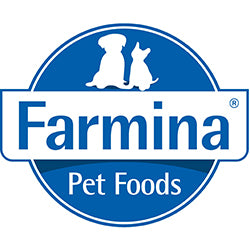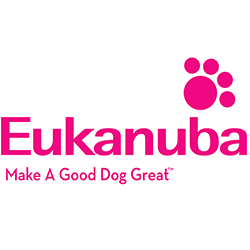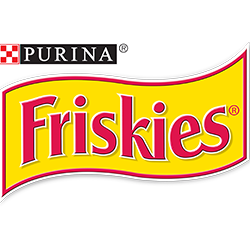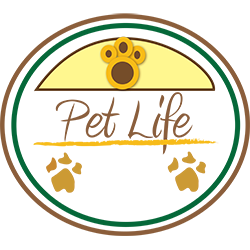
How-to Guide: Cleaning A Dog Bed Without A Removable Cover
Pets are crucial members of our families, and we want them to be as comfortable as possible. This often means getting them the best veterinary care, medicines, food, and supplies that we can afford, even down to the beds they sleep in.
However, even quality dog beds require washing and maintenance to keep in hygienic conditions. While your dog won't complain when its bed has no removable cover, the challenge comes when it’s time to clean it. After all, cleaning out and washing your dog's bed is an essential aspect of pet care that every pet parent should perform regularly.
Therefore, you should know the quickest and most convenient way to get the bed clean and fresh, even without a removable cover. Below are the six quick steps to get started.
1. Start With The Visible Dirt

Image by hojun Kang from Pixabay
Before you proceed with cleaning items like water or detergents, it’s necessary to eliminate all hair and dirt in the bed. Even if you have washable dog beds, it helps to vacuum them before any wet treatments.
This will minimize the amount of mess you have to deal with upon wetting the bed. You may have to sprinkle some baking soda on beds having a nasty odor and leave for at least 60 minutes before vacuuming.
You want to thoroughly vacuum it a few times, covering all the curves and surfaces to ensure no dirt or dander escapes you. Doing this will also help eliminate any unhatched eggs from insects like fleas. Finally, you can also run a lint roller over the entire length of the bed.
2. Tackle All Nasty Stains
Now you will be zooming in on those nasty spots and debris left behind on the bed by your dog. Usually, these are stains from urine, mud, or, worst, feces. A spot removal treatment is ideal at this stage. Mind you; it’s more challenging to remove these stains after you’ve washed and dried the bed. Therefore, the best time to tackle them is before you wash the bed.
There are different spot removal treatments on sale online and at your nearest pet store to help remove dog and cat urine stains. Just remember to purchase those that don’t have ill effects on your pets. Thus, you should steer clear of harsh chemicals and stain removers with artificial fragrances like chlorine and bleach products. Instead, go for products made specifically for pet stains.
Using the suitable stain remover, apply directly on the stain and let it rest for 10 minutes. Then use a wet cloth to dab the area to rinse and dry - Avoid scrubbing.
3. Treat Bed With Hot Water

Photo by Mathew Coulton from Pexels
Although it’s not mandatory, you may have to presoak the bed. Usually, it depends on the dirt accumulated on it. Soaking requires warm or hot water since this helps kill bacteria and bugs hiding within the fabrics.
However, find out the level of heat recommended for the material by checking the label on the bed. It’s convenient to wash a small bed in a washing machine. But a bathtub will do for larger beds or use the bigger machines at your local laundromat.
For manual washing, soak the bed in warm water for no less than 30 minutes. But first, add a cupful of mild detergent to your water and follow it with ¼ cup of white vinegar or apple cider vinegar.
The detergent should have enough time to remove all germs and dirt before taking the bed out of the water, and 30 minutes should suffice. Vinegar is a more affordable and effective deodorizer that presents no danger whatsoever to your dog.
Again, you want to avoid toxic or potent chemicals such as the following:
- Petroleum distillates
- Phenols
- Isopropyl alcohol
- Formaldehyde
- Perchloroethylene
- Fragrance additives
- Bleach
- Nonylphenol Ethoxylates (NPE)
- Diethanolamine
- Phthalates, etc.
4. Rinse to Remove The Dirty Water
For those who choose to wash their dog bed in a washing machine, you’ll need to rinse at least twice for the bed to become clean. The first rinse removes all the dirty water that helped get rid of the dirt hidden in the bed. The second rinse ensures that any soap residue left behind also goes out with the water. Next, you’ll have to spin the bed, again twice, to remove all the excess water in the bed.
On the other hand, those who did handwashing will first squeeze out all the moisture. Then fill and submerge the entire bed in clean water after squeezing to rinse thoroughly. Repeat the process until you feel the bed is dirt and soap-free.
5.Dry It
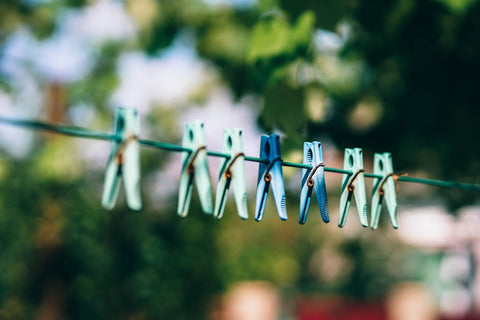
Image by Igor Ovsyannykov from Pixabay
Assuming it’s a bright sunny day, leave the bed in the sun to dry. The sun helps kill any germs and pathogens that might remain in the bed, although it’s improbable. You may also put it in the tumble dryer if required. However, you should check the washing recommendations stated by the manufacturer before doing so.
If you’re drying in the sun, place it on a drying rack to ensure any remaining water drains out and air blows over the bed freely. Overall, you may need to combine the tumble and sun drying to get the best results.
6. Maintain A Cleaning Routine Between Washes
Now that your dog’s bed is clean and tidy, you can use some extra steps to keep it as hygienic as possible between washes. Just follow these tips:
- Place a fluffy blanket over the bed and change it regularly.
- Spray a vinegar-based deodorizer periodically on the bed.
- Regularly vacuum to remove dirt and hair.
- Frequently wipe down the bed’s exterior with a mixture of 8 parts water and 1 part apple cider vinegar.
- Assuming the bed is the right size, you may encircle it with a large garbage bag and put it in a pillowcase.
Conclusion
You won't find any alternative approach; the only way to maintain a clean and hygienic dog bed for an extended period is to clean it regularly. After all, Fido spends most of his time on it, so dirt and hair are bound to be left behind.
So instead of waiting till your puppy’s bed develops an odor, you should take the initiative and wash as frequently as possible. The steps outlined above should help take the guesswork out of the process if you’re dealing with washable dog beds or quality dog beds that lack removable covers.
- Choosing a selection results in a full page refresh.

